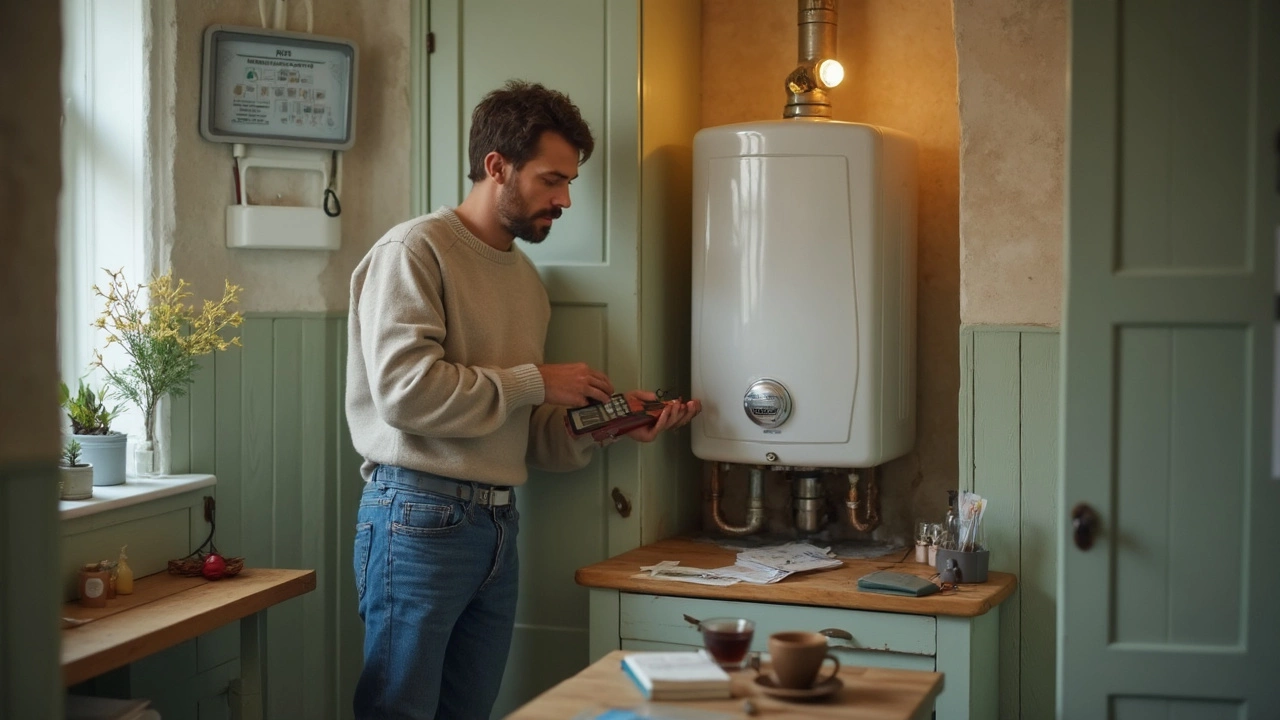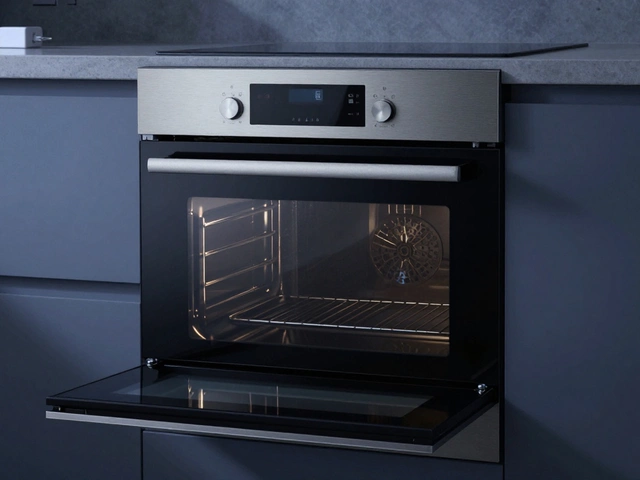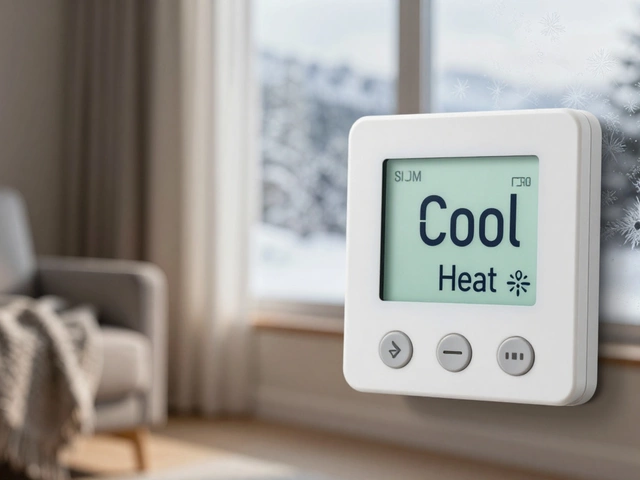Fix Water Heater – Your Go‑to Guide for Quick Repairs
When working with water heater, a device that heats water for domestic use, usually powered by electricity or gas. Also known as hot water tank, it provides the hot water needed for showers, dishes and heating, understanding its inner parts can save you time and money. Fixing a water heater often starts with a simple visual inspection, but the real trick is knowing which component to test first. That’s why we’ll walk through the most common culprits and show you how to tackle each one safely.
Key Parts and How They Relate to Common Problems
One of the first things to check is the thermostat, the control that tells the heater when to turn on and off. If the thermostat is stuck, the water may stay cold or become scalding hot. Another frequent offender is the heating element, the metal coil that actually warms the water. A burned‑out element can leave you with lukewarm water no matter how high you set the temperature. Don’t forget the mixing valve, the device that blends hot and cold water to a safe temperature. A faulty valve may cause a sudden drop in temperature at the tap while the heater itself is fine. By checking these three parts—thermostat, heating element, and mixing valve—you cover the majority of water heater failures.
Semantic triples help keep the troubleshooting steps clear: fix water heater requires inspecting the thermostat; the thermostat influences water temperature; the heating element provides the heat needed for hot water. Knowing these relationships lets you move from symptom to cause without unnecessary guesswork. If the thermostat reads correctly but the water stays cold, the heating element is the next suspect. Conversely, if the element tests good but the water is too hot, the mixing valve or thermostat setting likely needs adjustment. These logical connections cut down on trial‑and‑error and keep your repair safe.
Safety always comes first. Before you start, turn off the power at the circuit breaker for electric units or shut the gas valve for gas‑powered models. Drain a few gallons of water to relieve pressure and avoid spills when you open panels. Wear gloves and goggles—some parts can be sharp or hot. Once the system is off, you can remove the access panel to reach the thermostat and element. Use a multimeter to test continuity on the heating element; a reading of zero ohms means it’s intact, while infinite resistance signals a break. For the thermostat, check for proper voltage across its terminals while the heater is trying to heat. These quick tests often reveal the fault before you need to order a replacement.
When you’ve identified a faulty part, replacement is usually straightforward. Thermostats snap into place and tighten with a single screw; heating elements screw into the tank and seal with a gasket. Make sure you buy the exact model number—water heaters come in different sizes and voltage ratings, and a mismatch can cause leaks or electrical problems. After installing the new part, refill the tank, restore power or gas, and run a short test cycle. Watch the temperature gauge and feel the water at a nearby tap to confirm the repair worked. If everything feels right, you’ve saved a costly service call and extended the life of your water heater.
Not every issue can be solved with DIY steps. Leaking tanks, corroded anodes, or repeated element failures often indicate a deeper problem that needs a professional’s eye. In those cases, it’s wiser to call a certified plumber or heating specialist. They can perform pressure testing, check for sediment buildup, and replace the anode rod—a key part that prevents tank corrosion. Regular maintenance, like flushing the tank once a year, helps avoid many of these costly breakdowns.
Below you’ll find a curated collection of articles that dive deeper into each of these topics. Whether you’re looking for a step‑by‑step guide to test your heating element, tips on how to spot a faulty thermostat, or advice on when to call a pro, the posts cover the full spectrum of water heater repair. Browse through for practical insights, real‑world examples, and clear checklists that will help you get hot water back on track quickly.
Struggling with hot water that just won't come on? This guide breaks down the most common reasons your hot water isn't working and walks you through real-world solutions you can try before calling in the pros. It covers both gas and electric water heaters, with easy checks you can do at home. Dive in for handy troubleshooting tips, safety reminders, and smart hacks that can save you time and money. You don't need to be an expert to get your hot water flowing again.
Dealing with a broken water heater can ruin your day, but most problems have straightforward solutions. This article explains why your water heater might stop working and shows you easy steps you can take before calling a pro. It covers common issues for both electric and gas models and shares signs of bigger problems you shouldn’t ignore. With these practical tips, you'll know exactly what to check and how to get hot water back. Save time, money, and frustration with these reliable fixes.
A water heater that keeps tripping can make any day a hassle, and it often means something isn't right inside the tank or wiring. This article shows you the most common reasons your water heater keeps shutting off plus clear, step-by-step solutions you can try before calling a pro. You'll get smart troubleshooting tips, simple tools you'll need, and pro pointers to avoid costly mistakes. After reading, you'll know what to check, how to fix it, and when to stop and call for help. Save time, money, and a ton of frustration.
Deciding whether to repair your water heater at home can be a daunting choice. This article explores the pros and cons of DIY water heater projects and provides insights into when it might be better to call a professional. Readers will learn the common issues water heaters face and tips on troubleshooting simple problems. Find out if you're equipped to handle the task or if professional help is the better option.





